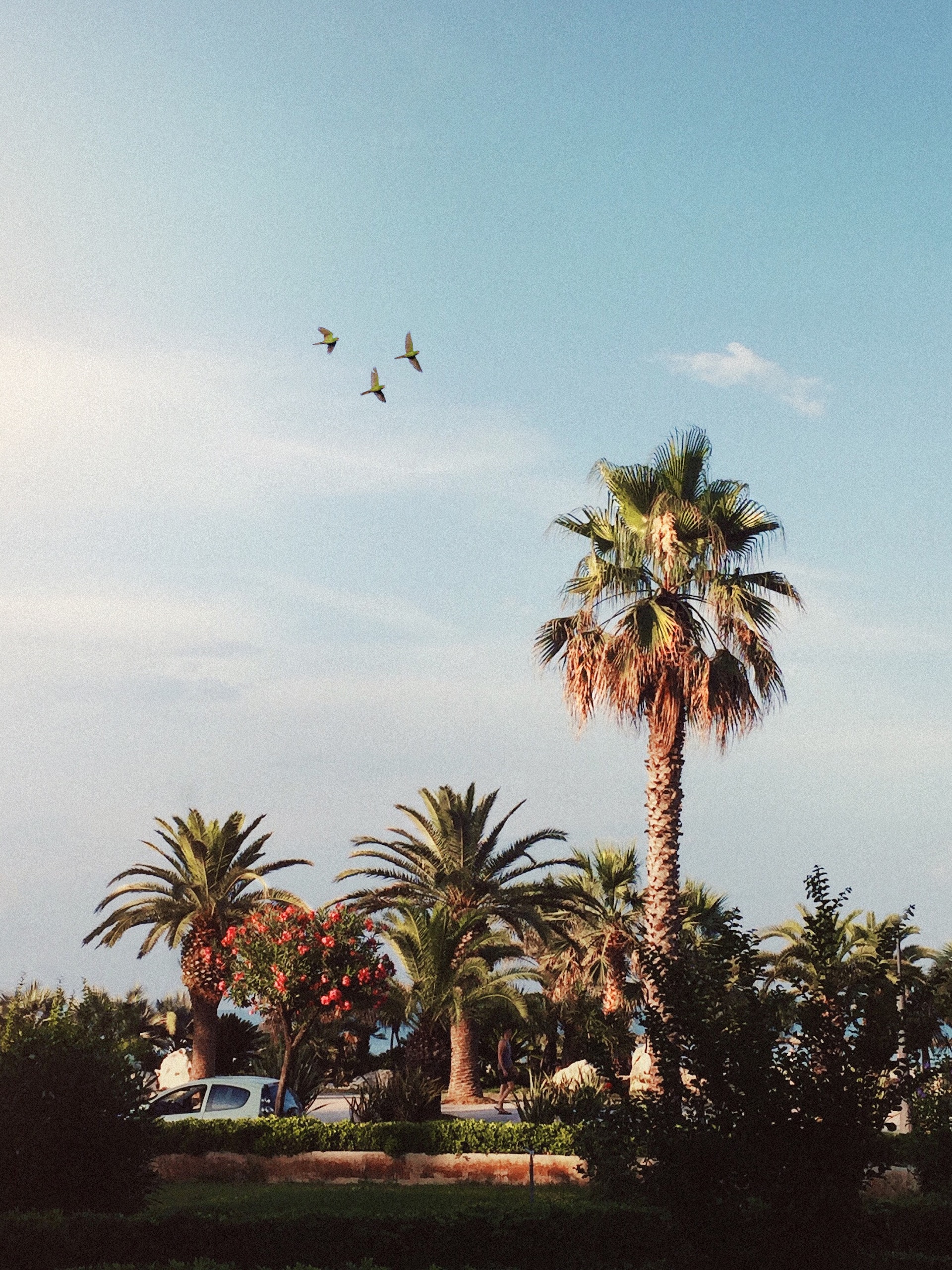January to March Tips
As gardeners, staying one step ahead of nature is essential. Winter months may seem slow but for keen wildlife enthusiasts, it is a great time to prepare the garden for the year ahead. One method is introducing winter flora that can support and attract wildlife during the cold months.
Consider planting trees that remain interesting throughout the four seasons. These include Paper Birch for its stark winter beauty, Flowering Dogwood for spring bloom, Crape Myrtle for summer display, and Black Gum for intense autumn color. The mix of seeds, fruits, and nesting habitats from these trees attracts an assortment of birds and insects, providing a full twelve-month buffet for your local wildlife.
No wildlife garden would be complete without a source of water. Whether a birdbath or a shallow dish of water set on the ground, it’s an essential resource especially in colder months when natural water sources may be frozen.
April to June Tips
As temperatures rise and days lengthen, your gardening activity also increases. Now is the perfect time to enrich soil with compost as well as provide support for sprouting plants.
Appealing to spring wildlife involves having an appropriate choice of flora. Fragrant flowers like Lilacs or fruit trees like Apples draw in various types of bees, beneficial for pollination. Resident birds like blue tits and robins are attracted to insects, so plant marigolds or fennel to bring them in droves.
Having a section of the garden for wildflowers assists in seed dispersal, captivating creatures such as butterflies and beetles, initiating an atmosphere of bio-diversity.
July to September Tips
The heart of summer is traditionally a period of flower abundance. Along with this comes an increase in wildlife visits. Maintain your garden by watering it early in the morning or late at night to curb evaporation. Regularly deadhead flowers, too, to keep them blooming longer.
Drought-resistant plants such as White Sage or Coastal Buckwheat not only conserve water but also attract a host of butterfly and bee species.
Consider keeping a accented garden ‘messy’. Leave some ripe fruits on trees to draw in birds, and let some fallen leaves lie to provide beetles and other fauna a hideout. Adding a bat box can also help control mosquitoes during those long summer nights.
October to December Tips
As we bid farewell to the warm months, it’s time to prep for the onset of winter. Maintain your bird feeders and clean out birdbaths regularly. It’s also a good time to add roosting boxes. These provide necessary rest spots for migrating birds or winter sleepers like ladybugs.
Plant autumn bloomers like Japanese Anemones or Toad Lilies. They not only extend your garden’s visual appeal but also ensure a continuous supply of pollen and nectar for late-flying insects.
Finally, consider off-season planting. Garlic, leeks, and other overwintering crops keep your vegetable patch productive, attracting slugs and therefore slug-loving fauna like frogs and hedgehogs, making your garden a year-round wildlife magnet.

